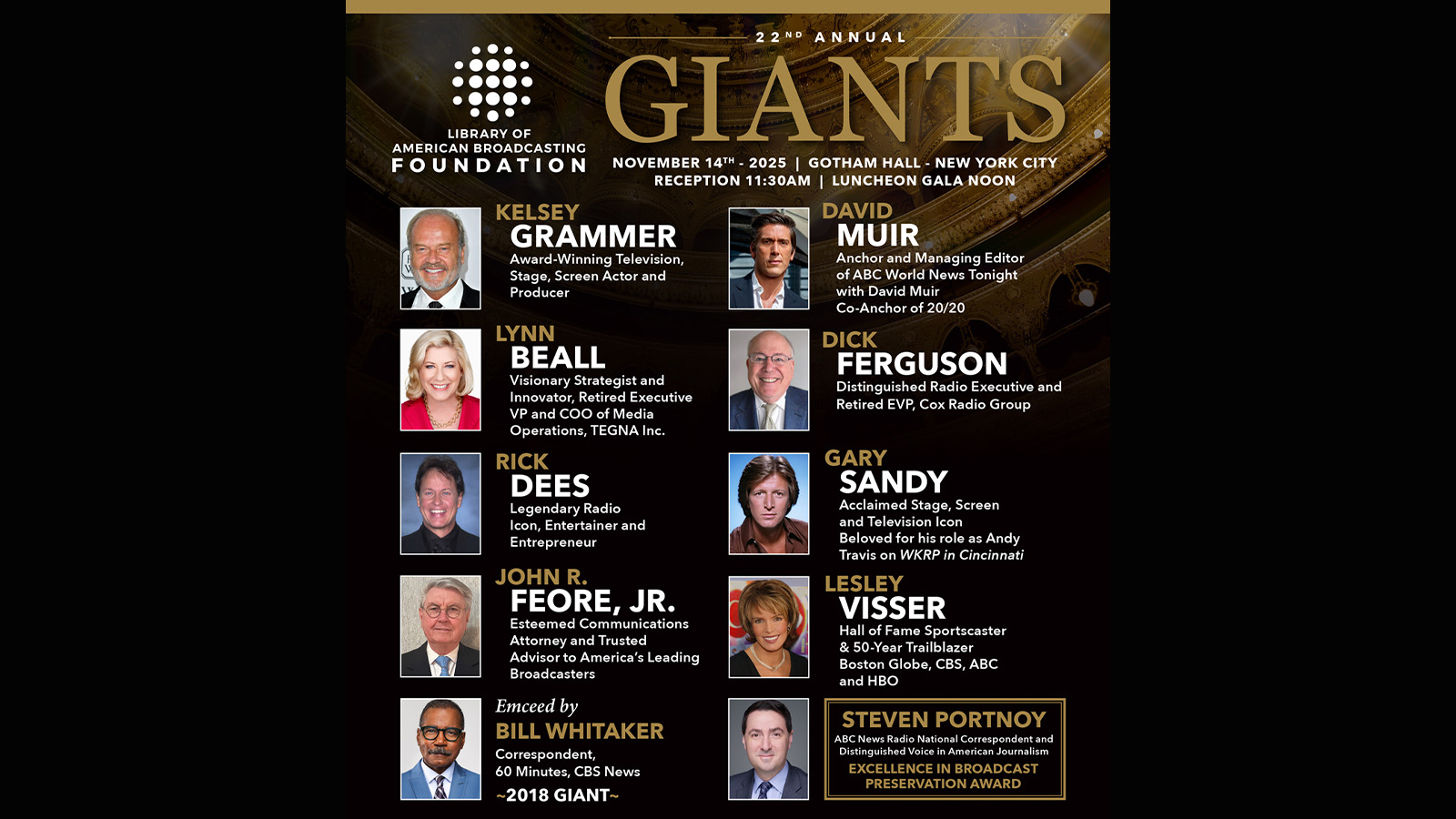DP Joe Callahan Shoots Wildlife Rescue Documentary With Panasonic's AU-EVA1
NEWARK, N.J.—Director of Photography Joe Callahan has completed principal photography on a feature-length documentary on wildlife rescue and rehabilitation in India.
Using a Panasonic AU-EVA1 5.7 cinema camera, Callahan did most of the shooting in jungles, deserts and cities like Jodhpur, Delhi and Agra. The documentary profiles the work of Wildlife SOS, a worldwide organization dedicated to preserving India’s natural heritage, forest and wildlife.
“The EVA1 proved itself to be insanely reliable,” Callahan said. “India beat the hell out of the cameras: We shot 12 hours a day in 120 degree heat. There was constant ash in the air, to the extent that we couldn’t see any blue sky.”
The heat was so intense that at one point a metal plate on the build-out burned Callahan’s face. But despite the temperature, there were no camera failures, he added.
From the outset, Callahan understood shooting the documentary –which has a working title of “Where the Wild Things Aren’t”—would be “incredibly taxing,” he said. “What I look for in a camera is reliability, usability and image quality. The EVA1 is one of the top cameras I’ve ever evaluated in terms of color science and dynamic range, and I chose it over much more expensive options.”
Callahan shot in 4K and recorded ProRes HQ externally on an Atomos Shogun Inferno and used the EVA1’s SD cards as an internal backup. Lenses included Tamron 24-70 and 70-200 G2 zooms, as well as a set of primes.
Typically, the DP shot at ISO800, but occasionally used ISO2500, which allowed Callahan to use smaller LED lights, saving money.
The DP praised the versatile form factor of the camera, which he could rig up on car rigs and gimbals in India or break down quickly for handheld work to get shots while tracking tiger poachers.
While Callahan purchased the EVA1 cameras specifically for the wildlife project, he has used them subsequently on a number of commercials, including spots for GEICO, Alfa Romeo, Tide, Black & Decker, LensCrafters and Alaska Airlines.
"The EVA1 is beautifully complemented by vintage lenses, and I’ve used a range of them—Leica Rs, Super-Takumar and older Zeiss models, for instance,” he noted. “The images consistently look great,” he said.
Examples of Callahan’s EVA1 work are available online. More information on Wildlife SOS is available on the organization’s website and additional information on the Au-EVA1 is available on the Panasonic website.
Get the TV Tech Newsletter
The professional video industry's #1 source for news, trends and product and tech information. Sign up below.
Phil Kurz is a contributing editor to TV Tech. He has written about TV and video technology for more than 30 years and served as editor of three leading industry magazines. He earned a Bachelor of Journalism and a Master’s Degree in Journalism from the University of Missouri-Columbia School of Journalism.

